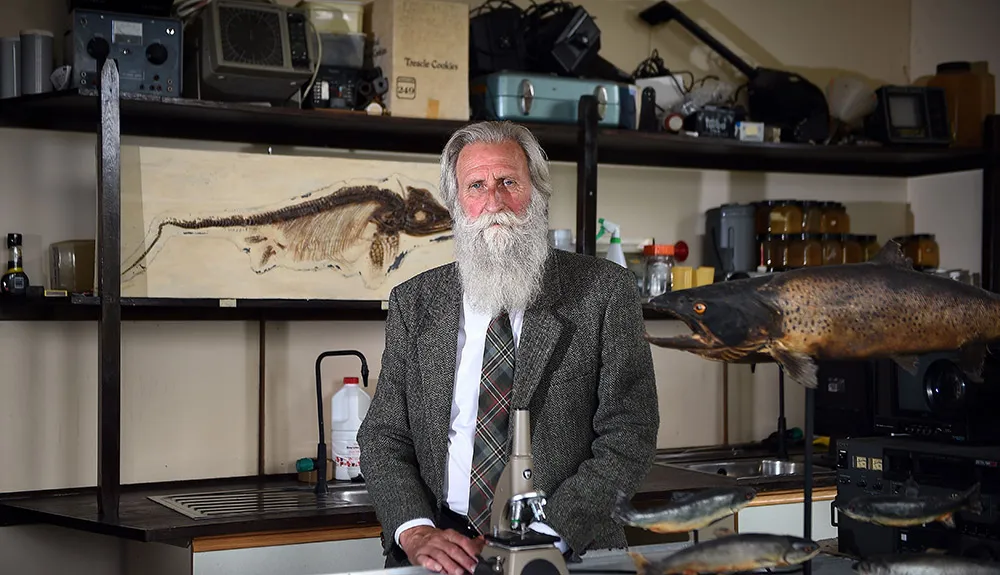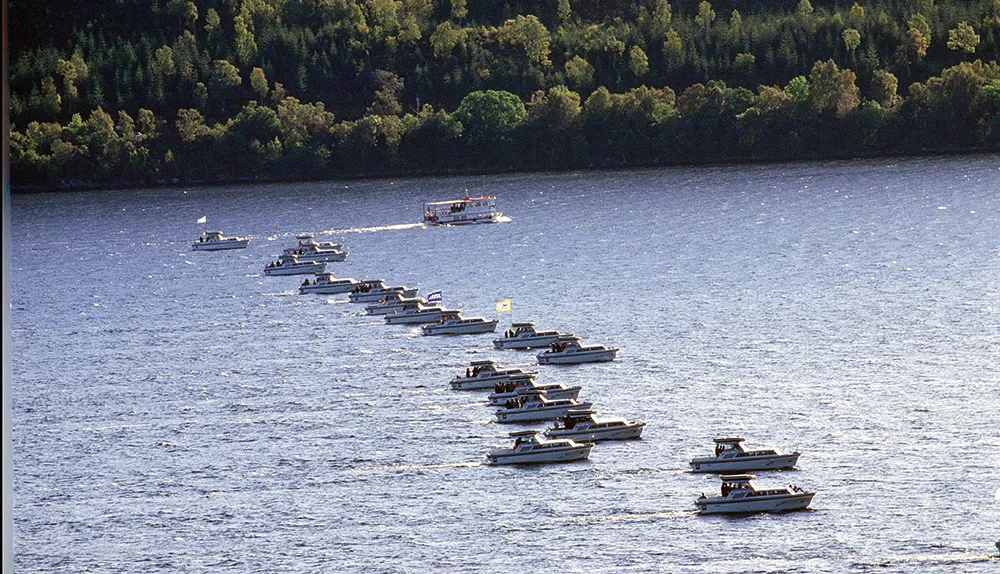Given that Loch Ness is so large, the idea that rare, elusive animals might only be seen on the odd occasion when they break the surface seems reasonable.
But this ignores the fact that the loch has been subjected to a surprising amount of close examination.
Read more about the hunt for the Loch Ness Monster:
- How do we know that the Loch Ness Monster doesn't exist?
- Loch Ness Monster: A timeline of sightings and searching
- The genetic hunt for the Loch Ness Monster
- Loch Ness Monster DNA reveals 'plausible' explanation for sightings
- Loch Ness: How eDNA helps us discover what lurks beneath
At the height of monster fever during the 1960s and 70s, the loch’s surface was observed perpetually for weeks at a time by banks of people armed with telescopes and binoculars.
They failed to observe or record any compelling evidence for the monster.

Things were stepped up a notch in October 1987, when Nessie hunter and marine biologist Adrian Shine led ‘Operation Deepscan’ – at the time, the most extensive search of Loch Ness ever conducted.
Over the course of two days, a flotilla of 24 boats equipped with echo sounders carried out a full-length sonar sweep of the loch.

On three occasions, contact was made with objects in deep water that couldn’t be identified, nor relocated when investigated later.
While unexplained and unlikely to represent fish, these ‘contacts’ were probably debris or thermal effects, or possibly even a seal.
Indeed, nothing that can be interpreted with confidence as a giant animal has ever been encountered in any of the several sonar sweeps performed since.
- This article first appeared in issue 298 of BBC Science Focus–find out how to subscribe here

